LEG EXERCISES | CALISTHENICS WORKOUTS
The lower body has always been one of the most overlooked areas (though not by everyone) in the world of calisthenics. That said, there are tons of leg and glute exercises you can add to your routines. In this article — as you’ve probably guessed from the title — I’ll walk you through a series of leg exercises you can do at home, at the park, or wherever you feel like training.
And remember, if you’re lucky enough to have extra weight (like a vest or dumbbells), you can always increase the difficulty of these movements. If not, no worries — your bodyweight is more than enough for a solid leg workout.
1. LEG EXERCISE: SQUAT

It’s the king of lower body exercises, and yeah — it honestly deserves its own post. But here, I’ll try to break down the key points you need to know.
Let’s start with the muscles you’ll be working during squats. In this case, nothing gets left out. You’ll mainly activate your quads and glutes, followed by your hamstrings and calves. Your rectus abdominis also plays a big role as a stabilizer.
Now, the important part: how to do squats properly. To get it right, make sure you follow these key points:
- Place your feet about shoulder-width apart, with your toes slightly pointed out — just enough to feel comfortable. This can vary from person to person depending on factors like ankle dorsiflexion.
- Keep your back upright throughout the entire movement. Don’t make the common mistake of leaning your torso too far forward on the way down. Inhaling during the descent can help you maintain proper form.
- Now, let’s talk range of motion — a classic topic of debate. Truth is, going just past 90 degrees is already effective. That said, studies show that the deeper your squat, the more muscle activation you get.
There are plenty of squat variations out there. I cover some of them in this same article, like the pistol squat and the Bulgarian split squat. If you’re interested in a variation that’s not mentioned here, drop it in the comments and I’ll try to add it as soon as possible.

2. LEG EXERCISE: PISTOL SQUAT
This is an advanced squat variation performed unilaterally — meaning, on one leg. As for the muscles involved, there’s not much new to add; the same ones used in the regular two-legged squat are doing the work here, as explained in the previous section. Naturally, the intensity and complexity are way higher.
Pistol squats not only require strength, but also solid technique — and that’s usually the hardest part at the beginning. Start by working through shorter ranges of motion, without going too low, and focus on the eccentric phase to build strength. Over time, you’ll be able to perform full reps.

3. LEG EXERCISE: LUNGES
Lunges are one of the most complete lower body exercises out there. Since they require a good amount of pelvic stability, you’re not only working all the major lower body muscles — quads, hamstrings, glutes, and calves — but also activating the muscles around your hips.
Lunges are performed by alternating legs in a dynamic movement. There are two main ways to do them:
-
Leaning your upper body slightly forward while keeping your back upright. This version emphasizes the quads.
-
Keeping your upper body slightly leaned back, again with a straight back. This targets the glutes more.
In both cases, aim for a range of motion around 90 degrees. Don’t force your knee — there’s no need for your back knee to touch the ground.

4. LEG EXERCISE: BULGARIAN SQUAT
The Bulgarian squat is a go-to leg exercise in calisthenics. It’s a unilateral movement — one leg works while the other rests, preferably supported on an elevated surface (as shown in the image). Your front foot should point straight forward, not turned out like in a regular squat.
The movement is simple: bend your knee and lower yourself until your front leg reaches about 90 degrees (doesn’t have to be exact). Your range of motion will be limited by the back leg — there’s no need for the knee to touch the ground. Keep your back straight the entire time.
As for the muscles involved, in addition to the usual suspects — quads, hamstrings, glutes, and calves — your hip stabilizers also kick in to help you maintain proper posture.


5. LEG EXERCISE: SLIDING HAMSTRING CURL
This is a great exercise to target your hamstrings. It puts more emphasis on the long head of the muscle — the part closest to the knee — compared to other movements. That’s actually the area where most hamstring injuries tend to occur, so it’s well worth strengthening.
To do this exercise, first find a surface where you can lie on your back, along with something for your feet to slide on — like a towel or piece of clothing. The key is that both the surface and the sliding object must be slick enough to allow smooth movement — not just any floor will work.
As you can see in the image, you’re going start down and then try to put a bridge position — hips elevated — then extend your legs again without letting your hips drop. Keep your toes pointed up at all times, so the effort comes from your heels.
You can make the exercise more challenging by doing it with one leg. And if that still feels too easy, try adding weight around your hips for extra resistance.

6. LEG EXERCISE: NORDIC CURL
This is one of the most popular exercises for targeting the hamstrings. It’s an advanced eccentric movement, so if you don’t have some experience under your belt, I wouldn’t recommend adding it to your routine just yet.
Without enough strength, you won’t be able to lean forward far enough to properly activate the hamstrings. And if you do manage to go down, getting back up might be so tough that your form breaks down — increasing the risk of poor movement patterns and even injury.
-
Starting position: Feet secured and back in a neutral position. To keep your feet locked in place, you’ll need to anchor them under a bar at the park, ask a helpful friend, or get creative at home.
-
Controlled negative: Lower yourself in a slow, controlled manner, keeping your core and glutes tight. Aim to stop about a hand’s length from the floor — but you can start by working with a shorter range of motion.
-
No bouncing: Don’t try to rebound from the bottom and shoot back up quickly. The concentric phase will be as fast (or slow) as your level allows, but make sure to never break form.
-
End position: Ideally, you’ll end up parallel to the ground, just a few inches above it. That said, this is a seriously tough exercise — doing a shorter range (like in the image) and letting yourself drop at the end is already more than enough. In fact, most people train this movement in partial ranges.


LEG EXERCISE: CALF RAISES
This one focuses exclusively on the calves — simple to perform and super effective. As shown on the left, the movement is done by lifting your heels off the ground, just like when you go up “on your tiptoes.”
You can do it with both legs, just one, or even add extra weight (like a loaded backpack) — no problem at all. It’s a very safe movement.
I recommend doing it on an elevated surface where your heel can drop below the edge to increase your range of motion. Make sure to control the eccentric phase (the lowering), and avoid bouncing up and down mindlessly. That’s a very common mistake that makes the exercise easier, reduces muscle engagement, and ends up being a waste of time.
I know there are tons of other leg exercises out there, but I wanted to share the ones I personally use and find the most effective — and fun — to do. I encourage you to give them a try in your leg workouts.
If you don’t have a routine yet, you’ll find several in my workout section, with different options for all levels. And as always, feel free to drop a comment below if anything’s unclear.
Cheers!
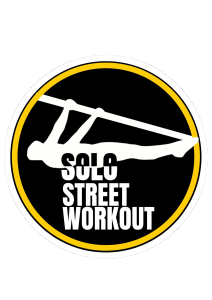
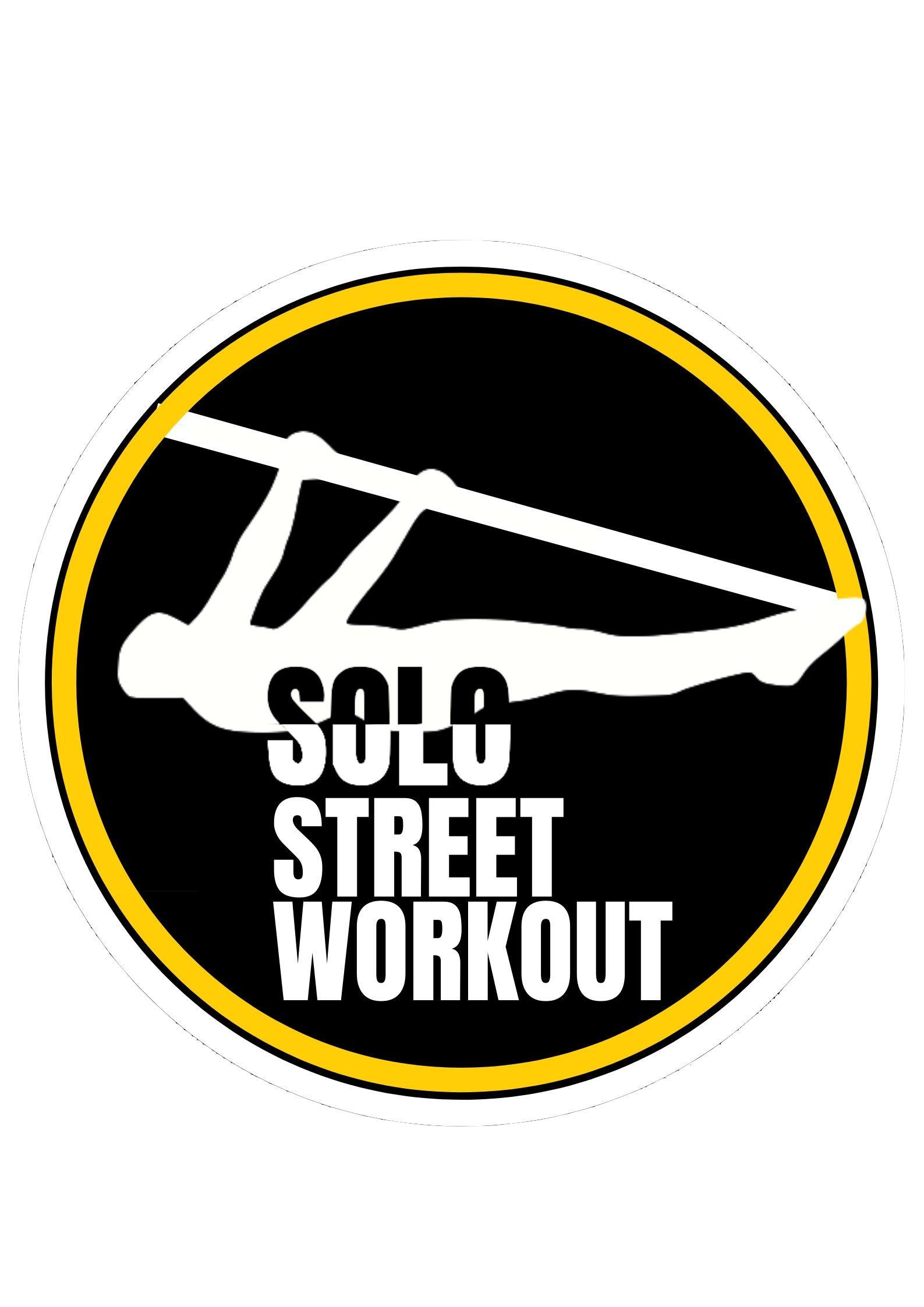
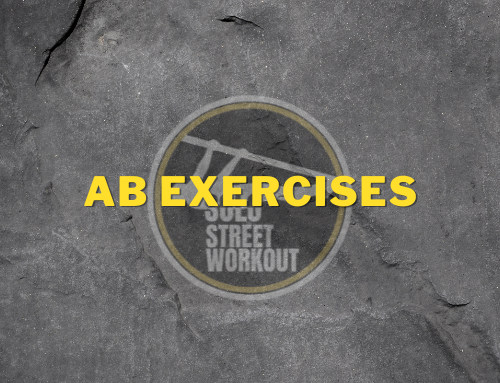
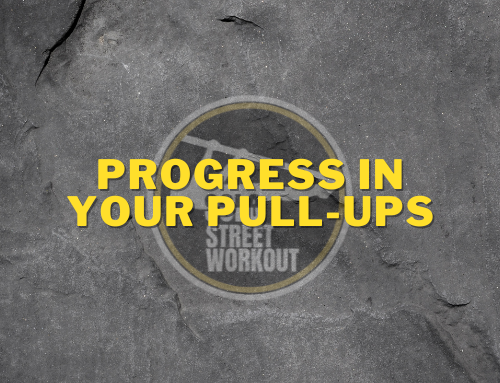
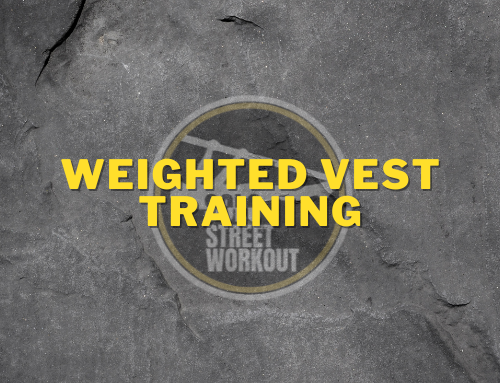


Leave A Comment